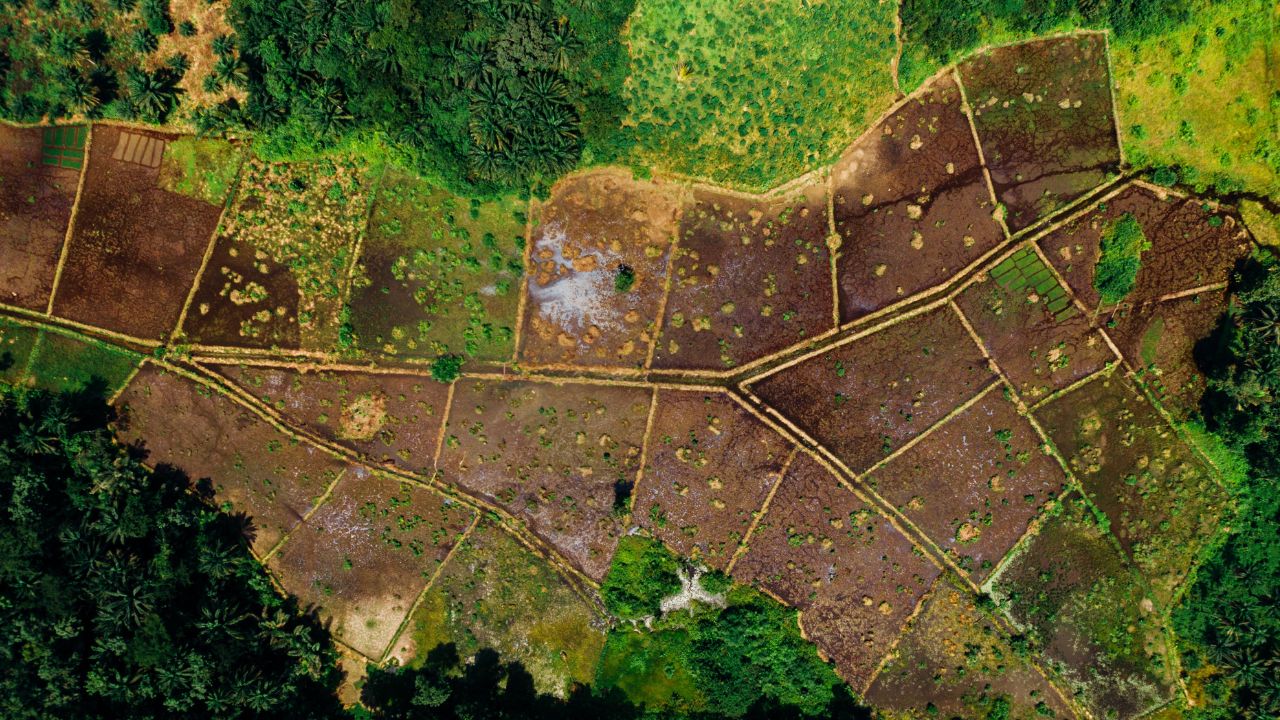Lot Coverage Calculator is a quick, reliable tool designed for homeowners, architects, and urban planners to calculate the percentage of a property covered by buildings or other permanent structures.
What is Lot Coverage?
Lot coverage is a term in real estate and urban planning that refers to the ratio or percentage of a property’s total area that is covered by buildings and other permanent structures. Lot coverage is typically regulated by local zoning codes to maintain green space, manage density, and control stormwater runoff.
In most cases, maximum lot coverage is set well below 100% to allow for open space, landscaping, and proper drainage. A lot coverage that approaches or exceeds 100% would mean that buildings or structures extend beyond the lot’s boundaries, potentially onto neighboring properties, which is generally not allowed under zoning regulations.
Formula for Calculating Lot Coverage
The lot coverage formula is as follows:
Lot Coverage Percentage=(Total Lot AreaBuilding Area)×100
Building Area: The total area covered by structures (footprint of the building(s) on the ground).
Total Lot Area: The entire area of the lot or property.
Example Calculation
Let’s say a property has a total lot area of 10,000 square feet, and the building area (the area covered by the structure's footprint) is 2,500 square feet. To calculate the lot coverage:
Lot Coverage Percentage=(100002500)×100
Lot Coverage Percentage=25%

Check out 6 similar Lot Coverage Calculator :